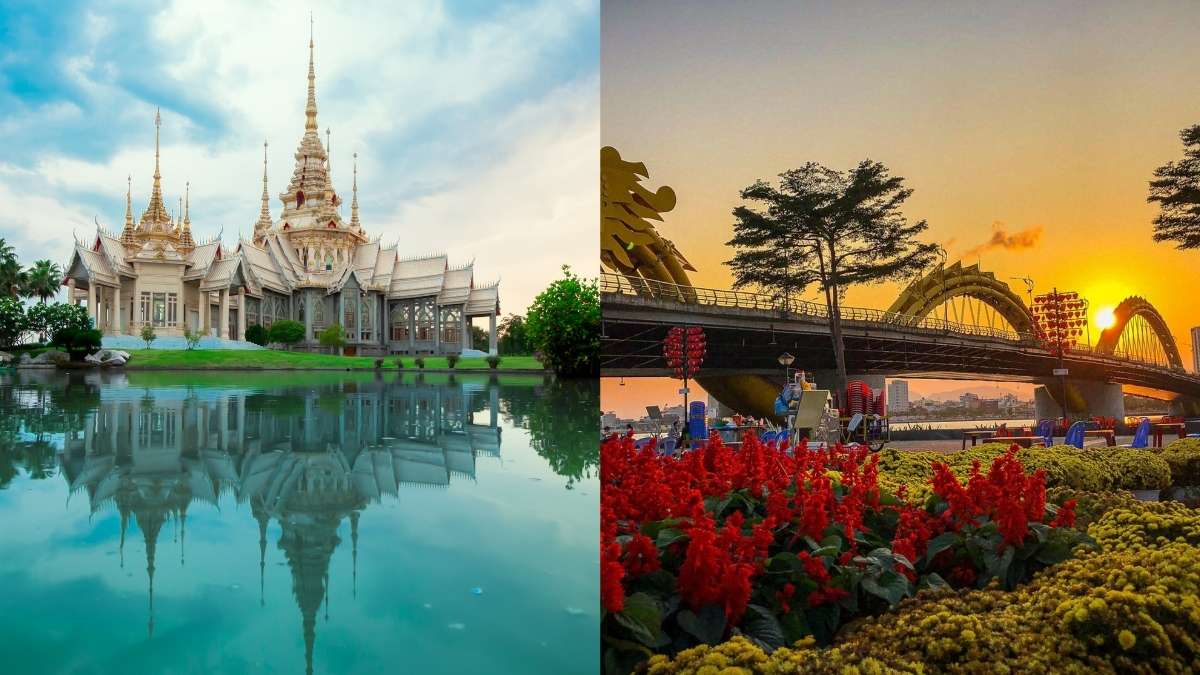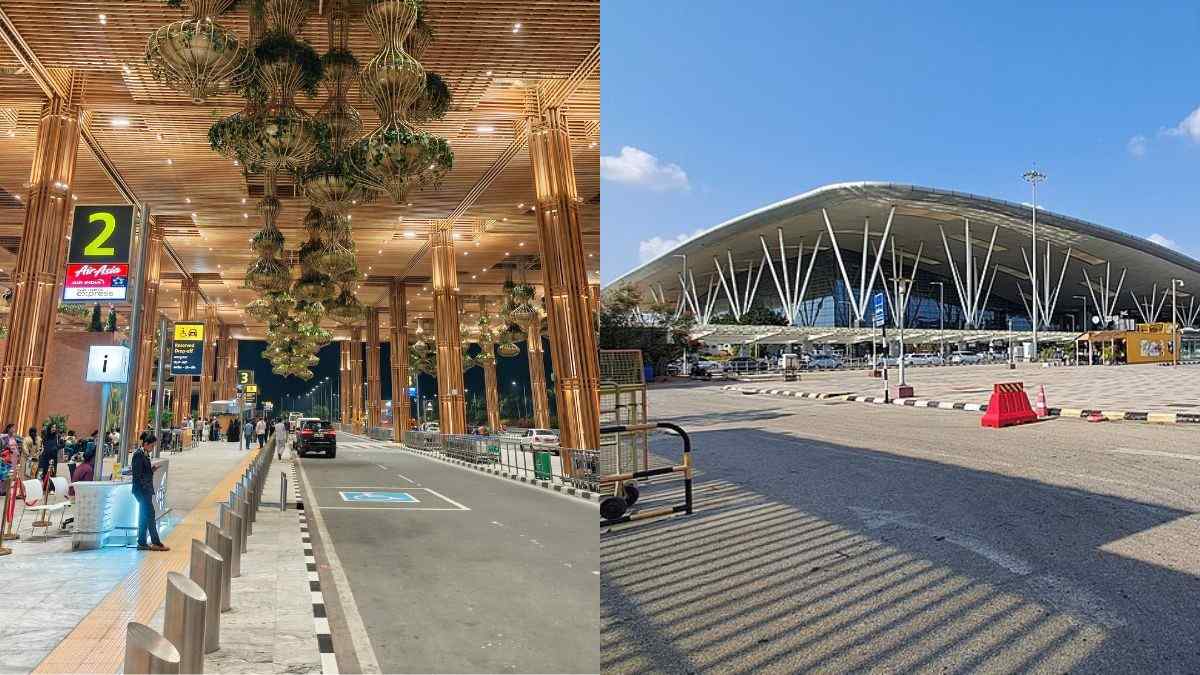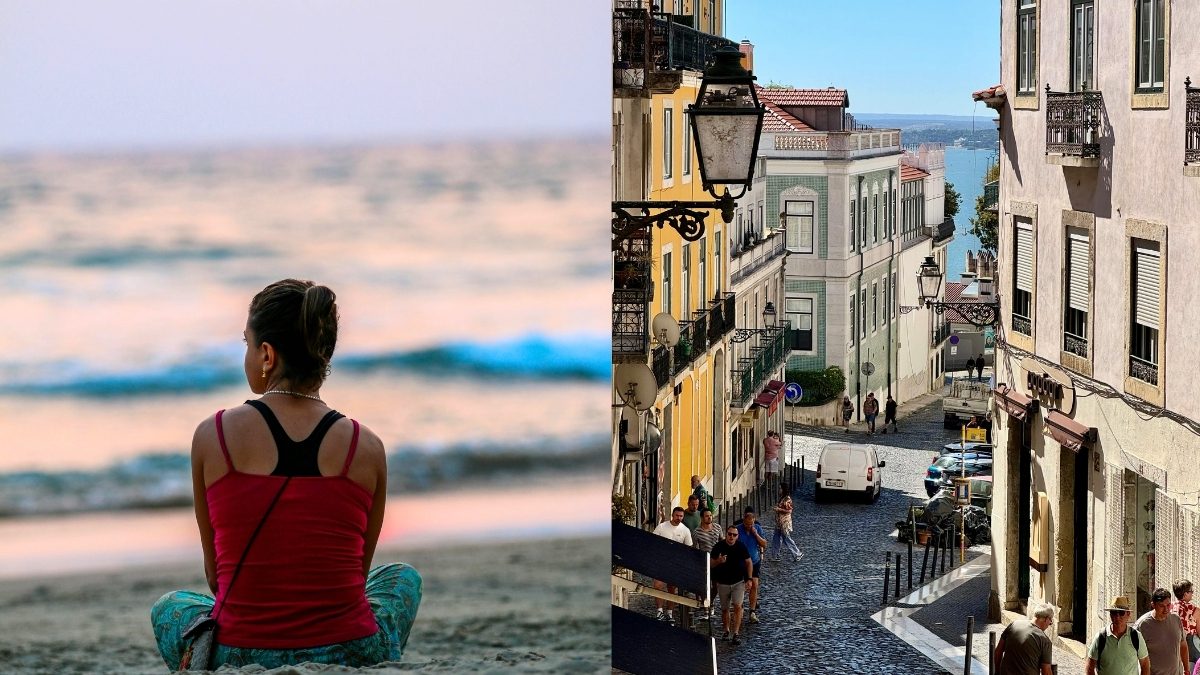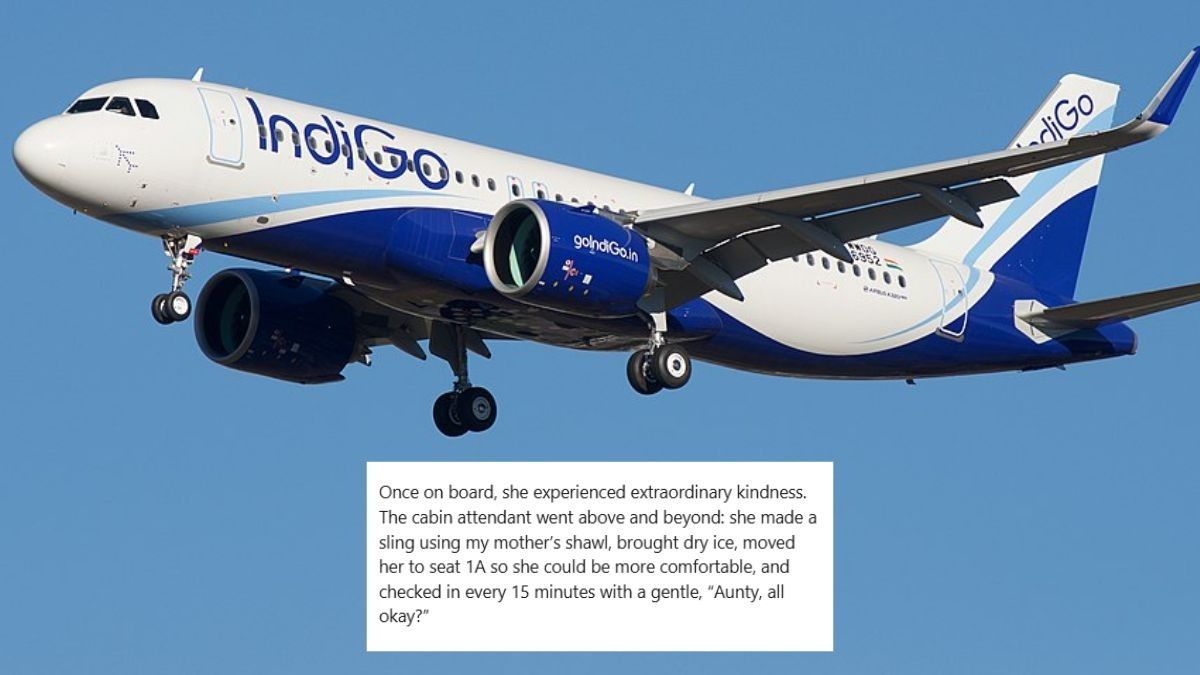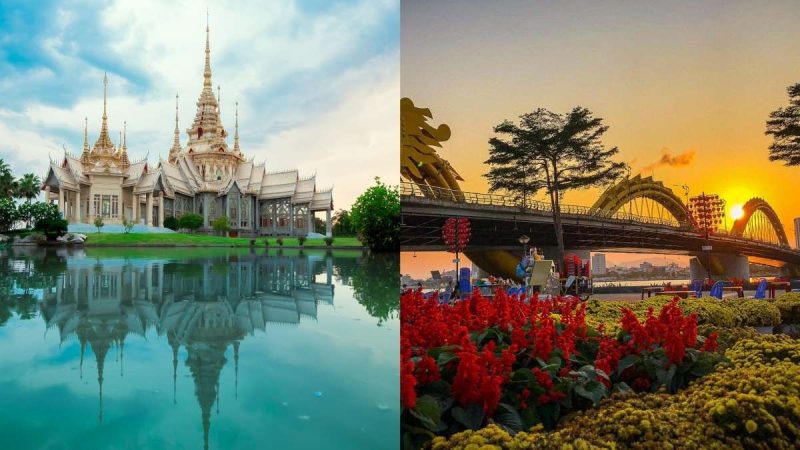For Indians, Southeast Asia has always been the sweet spot for travel. It is close enough for a short getaway, affordable compared to Europe, and diverse enough to feel like a proper adventure. For years, Thailand has been the obvious pick: its neon-lit capital, postcard beaches, and legendary nightlife made it a rite of passage for many first-time international travellers. Vietnam, on the other hand, has steadily risen as a contender, luring visitors with its landscapes, rich history, and food scene.
Thailand Vs Vietnam
Lately, Vietnam has been quietly pulling people in with its street-side pho, French-colonial boulevards, and cheaper price tags. So, if you’re torn in the Thailand Vs Vietnam battle, the real question is, where will your rupee stretch further? To find out, let’s walk through the costs of two cities that anchor most itineraries : Bangkok in Thailand and Ho Chi Minh City in Vietnam.
Bangkok, Thailand
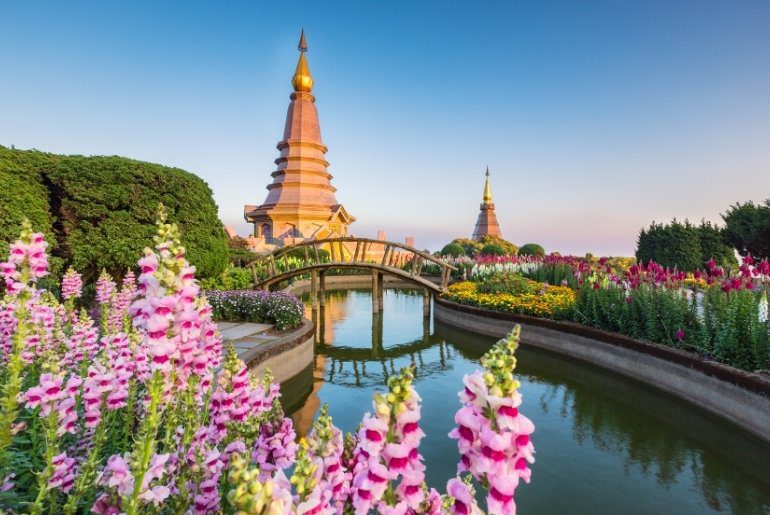
Bangkok is fancy in the best possible way. Golden temple spires rise above shopping malls; monks walk past night markets selling fake sneakers and fried insects. The energy here is addictive, whether you’re gliding down the Chao Phraya River, bargaining at Chatuchak Market, or eating pad thai at 2 a.m. under flickering fluorescent lights. But wait, this buzz does come at a price!
Also Read: 10 Must-Try Thai Dishes On Your Next Holiday In Thailand
1. Flight Tickets In Thailand
Flights to Bangkok from Indian metros are plentiful, so much so that Mumbai–Bangkok is one of the busiest international routes. But that doesn’t always mean cheap. Expect ₹19,000–20,000 for a round trip from Mumbai or Delhi if you’re booking a standard economy ticket. Occasionally, AirAsia or Thai Smile throws up deals, but in most cases, flying into Bangkok costs a few thousand more than getting to Ho Chi Minh.
2. The Stays In Thailand
Bangkok spoils you for choice. Backpacker hostels in Khao San Road or Silom start around ₹700–1,000 a night, budget hotels climb to ₹1,200–2,500, and mid-range comfort, say, a boutique hotel with a rooftop pool, easily sets you back ₹3,000–6,000 a night. If you want luxury, Bangkok does five-star glitz brilliantly, but even at the mid-tier level, you’ll pay more than you would in Vietnam.
3. Visa Ease In Thailand
Here’s where Thailand scores big. Indians get visa-free entry for up to 60 days. That’s a huge relief for spontaneous planners. But from May 2025, the rules have undergone a revision: you’ll need to show THB 20,000 (≈₹46,000) in your bank account and submit a Digital Arrival Card online three days before flying. No money leaves your pocket, but yes, there’s some paperwork involved.
4. Food In Thailand
Ask any Bangkok regular and they’ll tell you: don’t sit down at fancy restaurants unless you have money to burn; stick to the streets. A street pad thai or a hearty bowl of tom yum soup will cost just ₹200–250, and mango sticky rice another ₹150. But the city is full of temptations in malls, sky bars, massages, and river cruises and that’s where your wallet feels lighter! By the end of a typical day, factoring in meals, transport, and entry tickets, most travellers end up spending ₹4,000–8,000 a day.
Also Read: This Cafe In Thailand Serves The Cutest Mango Sticky Rice Macarons At ₹130 Each
5. Moving Around In Thailand
Bangkok’s BTS Skytrain and MRT are lifesavers. A ride costs about ₹60–100. Tuk-tuks are fun once, but they’re notorious for overcharging. For those who want to go beyond the capital, domestic flights to Phuket, Krabi, or Chiang Mai hover around ₹2,500–5,000 one-way.
Ho Chi Minh City, Vietnam
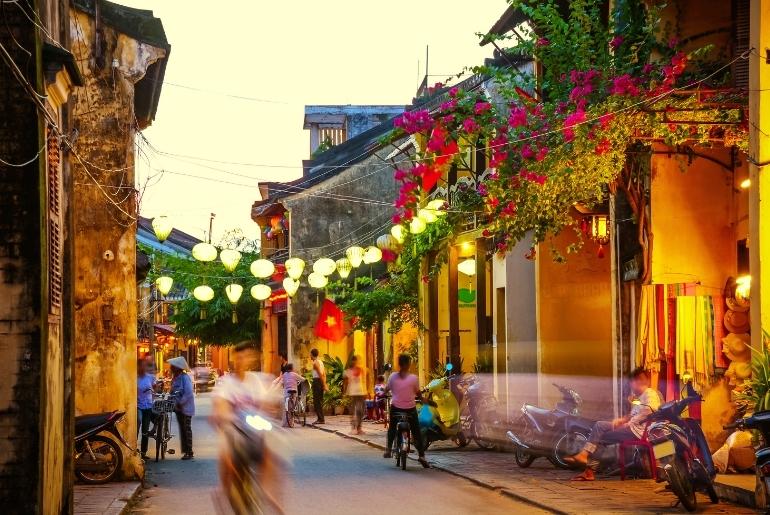
Ho Chi Minh City (still called Saigon by locals) hits you differently. It’s noisier, more chaotic, and less polished than Bangkok, but also more laid-back in its own way. The city moves to the rhythm of motorbikes! Literally millions of them can be seen swarming through streets at all hours. French-colonial buildings sit shoulder to shoulder with rooftop cocktail bars. District 1 is where most travellers stay, as it hosts a compact mix of hostels, hotels, and nightlife that feels designed for exploration.
1. Flight Tickets In Vietnam
This is where Vietnam starts winning. Round-trip flights from Mumbai to Ho Chi Minh average ₹13,000–15,000. From Delhi, expect ₹16,000–17,000. Even if you add a visa fee (more on that next), the total cost of just getting there is almost always cheaper than flying to Thailand. That ₹3,000–5,000 difference is enough to cover two or three nights in a good Vietnamese hotel.
2. The Stay In Vietnam
Accommodation here is a budget traveller’s dream. A clean, friendly hostel bed in District 1 costs as little as ₹300–800 a night (and often comes with free breakfast). Private budget rooms are ₹800–1,500, and mid-range hotels hover around ₹1,500–3,000. Even if you pick a central, well-rated property, you’ll pay about 25% less than you would in Bangkok.
3. Visa Ease In Vietnam
Indians don’t get the same free pass in Vietnam. You’ll need an e-Visa, which is straightforward and fully online.
- Single entry (30–90 days): USD 25 ≈ ₹2,000
- Multiple entry: USD 50 ≈ ₹4,000
Processing takes about 3–5 working days. It’s an added cost, yes, but considering how much you save elsewhere, it rarely tips the scales.
4. Food In Vietnam
Vietnamese food is ridiculously affordable. A banh mi (crispy baguette stuffed with meats and herbs) costs ₹150–200, and pho (the national noodle soup) is about ₹200–300. Coffee culture is huge here too, with a strong iced coffee setting you back around ₹80. Even if you mix in some restaurant dining, a comfortable daily budget of ₹3,500–6,500 covers food, sightseeing, and transport.
5. Moving Around In Vietnam
This is where Ho Chi Minh undercuts Bangkok again. City buses cost ₹20–50, grab motorbike taxis (booked on an app) cost just ₹80–150 for short trips, and regular taxis are cheaper than Thailand’s. Want to explore beyond the city? Domestic flights are a bargain: ₹2,000–4,000 one-way to Hanoi, Da Nang, or Nha Trang.
If you’re weighing costs, Vietnam and especially, Ho Chi Minh City, comes out ahead. The flights are cheaper, the hotels are significantly more affordable, and the day-to-day spends stay lower. Yes, you’ll pay a ₹2,000 visa fee, but that hardly dents the savings.
Also Read: Thailand Moves Toward Eco-Friendly Tourism As First Climate Change Act Nears Final Approval
Thailand, meanwhile, still wins on convenience: visa-free entry, polished infrastructure, and the comfort of a destination Indians already well and adore. But once you add up flights, hotels, and meals, Bangkok ends up burning more cash.
Cover Image Courtesy: fotoskit/CanvaPro and minhtri8725493/CanvaPro
For more such snackable content, interesting discoveries and the latest updates on food, travel and experiences in your city, download the Curly Tales App. Download HERE. First Published: September 02, 2025 8:16 PM
